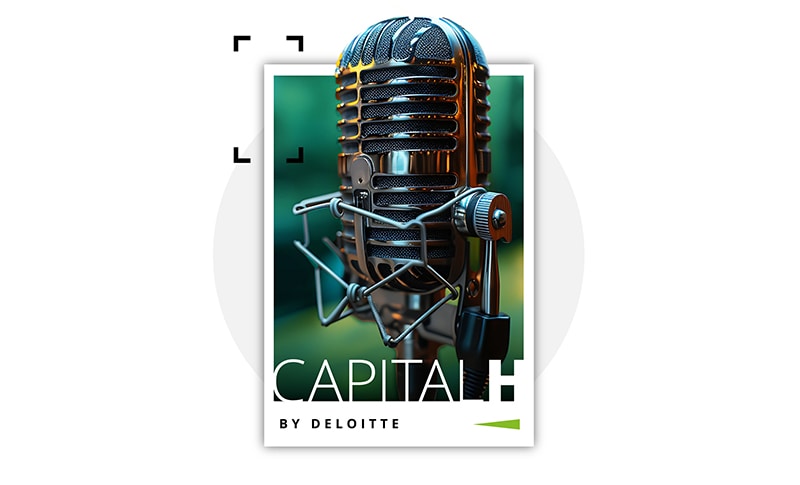Workforce Transformation Services has been saved
Our Workforce Transformation services
We help you look beyond traditional talent management approaches with Workforce Transformation services that inspire you to rethink workforce management for the future.









